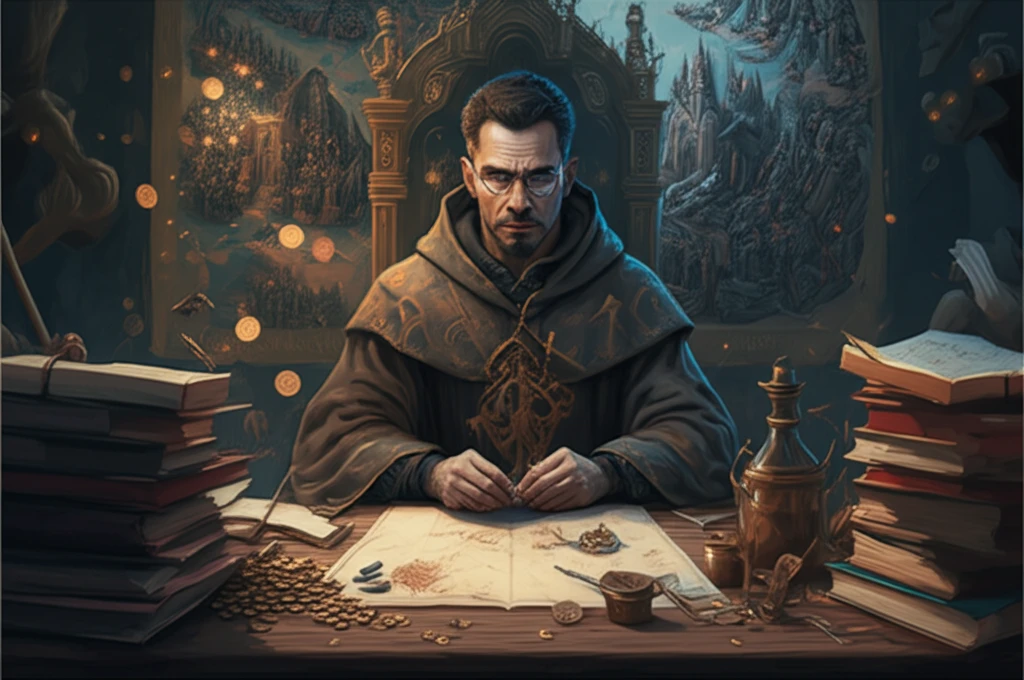
Rewriting History: How Clerics Shaped Medieval Iberia's Identity and Economy
"Uncover the surprising role of medieval clerics in cartography, translation, and economics, and how their influence shaped the cultural and economic landscape of thirteenth-century Iberia."
History often paints a picture of kings, knights, and battles, but behind the scenes, a different kind of power was at play in medieval Iberia. The influence of the cleric class extended far beyond the church walls, permeating the realms of cartography, translation, and economics. These religious figures weren't just spiritual guides; they were also key players in shaping the cultural and economic landscape of the region.
In her book, "The task of the cleric: cartography, translation, and economics in thirteenth-century Iberia", Simone Pinet examines the multifaceted roles of clerics in medieval Iberian society, revealing their surprising influence in areas that were essential for the formation of identity and power. Pinet argues that understanding the cleric's task is crucial to understanding the broader dynamics of medieval society.
Forget the image of the cloistered monk hunched over ancient texts. The medieval cleric was a dynamic individual, adept at navigating the worlds of scholarship, theology, and even finance. By examining their contributions to cartography, translation, and economics, we can gain a deeper appreciation for their role in shaping the identity and future of thirteenth-century Iberia.
Mapping the World: Clerics and the Art of Cartography

Cartography in the Middle Ages wasn't just about creating accurate maps; it was about constructing a vision of the world. Clerics, with their access to knowledge and resources, played a crucial role in this process. They weren't just drawing lines on parchment; they were shaping perceptions of territory, power, and identity.
- Visualizing Power: Maps as assertions of control and dominance.
- Territorial Definition: Using cartography to delineate boundaries and spheres of influence.
- Symbolic Representation: Imbuing maps with religious and political symbolism to reinforce authority.
The Enduring Legacy of the Cleric's Task
By examining the contributions of clerics to cartography, translation, and economics, we gain a richer understanding of the complex forces that shaped medieval Iberia. Their influence extended far beyond the church walls, leaving an enduring legacy on the cultural, intellectual, and economic life of the region. Recognizing their multifaceted roles allows us to rewrite history with a more nuanced and complete perspective.
